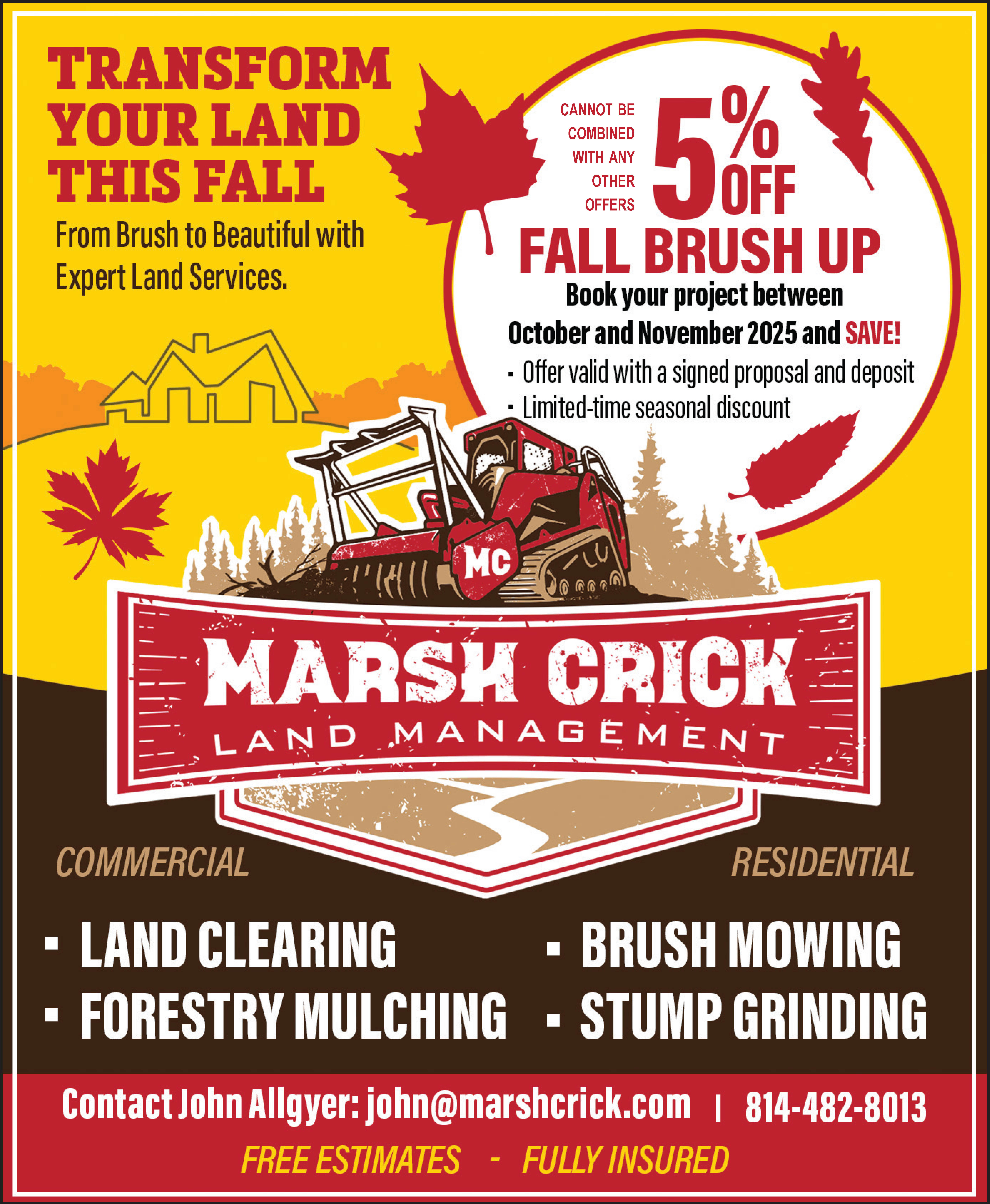Well, trout season is well underway, and hopefully, some of those crowded conditions that occur in those opening days are pretty well past.
Certainly, those first few weeks in April can be very productive, but so can the weeks that follow, especially through the month of May.
Now, I realize that there are many methods for taking trout, including fishing minnows, worms, salmon eggs, and a large variety of artificial “baits” that work just as well as the real live stuff. In addition to all the previously mentioned offerings, in-line spinners are also a good choice in many situations, and even plastic minnow-type lures like Rapalas can be very productive. I’ve used all the aforementioned lures and presentations — often with great results — but I must admit that these days, fly fishing is my favorite technique for taking trout.
I remember in my high school days, all my trout fishing was with Mike’s Lucky Seven salmon eggs in yellow. My friends and I went through a case of 24 jars of salmon eggs in the first month of trout season, and we caught plenty of trout.
What’s interesting, is that when I got into fly fishing, I found I could tie an egg pattern very similar to what I used in those early high school days, and the results were very gratifying. Not only are egg patterns very effective, but other easy-to-tie patterns like various colored mop flies, literally made from the threads of a mop, are also very effective for those early-season trout. I fish the egg patterns and mop flies much the same way I did the real salmon eggs, the difference being now I use a fly rod to present my offering. I keep the rod held high, and the line has no slack. That way, I can feel any tap or hit when a trout takes my offering.
Certainly, another good choice for the fly fisherman in the early season is a streamer fly which, of course, imitates a fleeing minnow. In addition to minnow patterns, the early-season fly angler should also be well-supplied with a good selection of nymph patterns.
These patterns represent the fly before it emerges from the bottom of the stream to take to the sky above. There’s a lot to pick from, but I would certainly want to have some Pheasant Tails, Gold-ribbed Hares Ears, and bead head Wooly Buggers in my arsenal, just to name a few.
Without a doubt, one of the greatest highlights of each new trout season is taking fish on dry flies; that smash on the surface as a trout sucks in your mayfly or caddis presentation is one of the most exciting ways to hook up to a feisty trout.
I took my first trout on a dry fly this year in about the second week of April; a nice rainbow on a size 14 Blue-Winged Olive. Blue-Winged Olives are a good fly to have on hand not only in the early season but all summer long. The month of May will also be offering up a number of other patterns, such as Pale Evening Duns, Light Cahills, Drakes, and Green Caddis, just to name a few.
If you are new to this fly-fishing business and you are a little bewildered as to what fly patterns you have to have, I would offer this suggestion; make sure you at least have some 12 and 14 Adams dry fly patterns. The Adams is a good all-around imitation for a lot of caddis and mayfly patterns, and it often gets the desired results.



